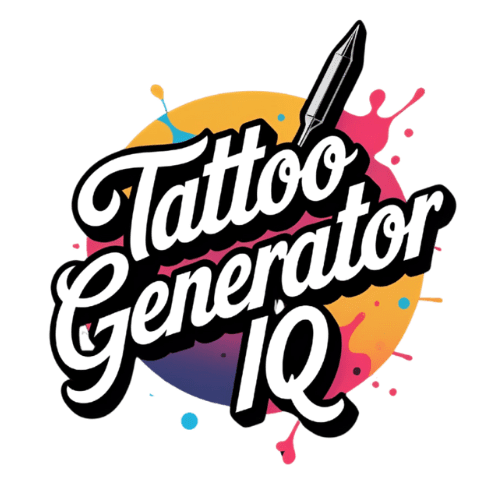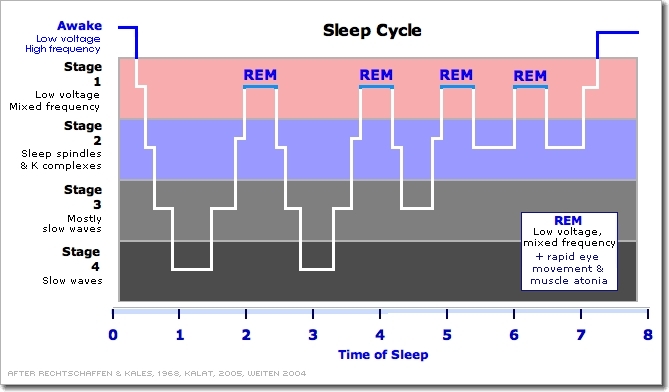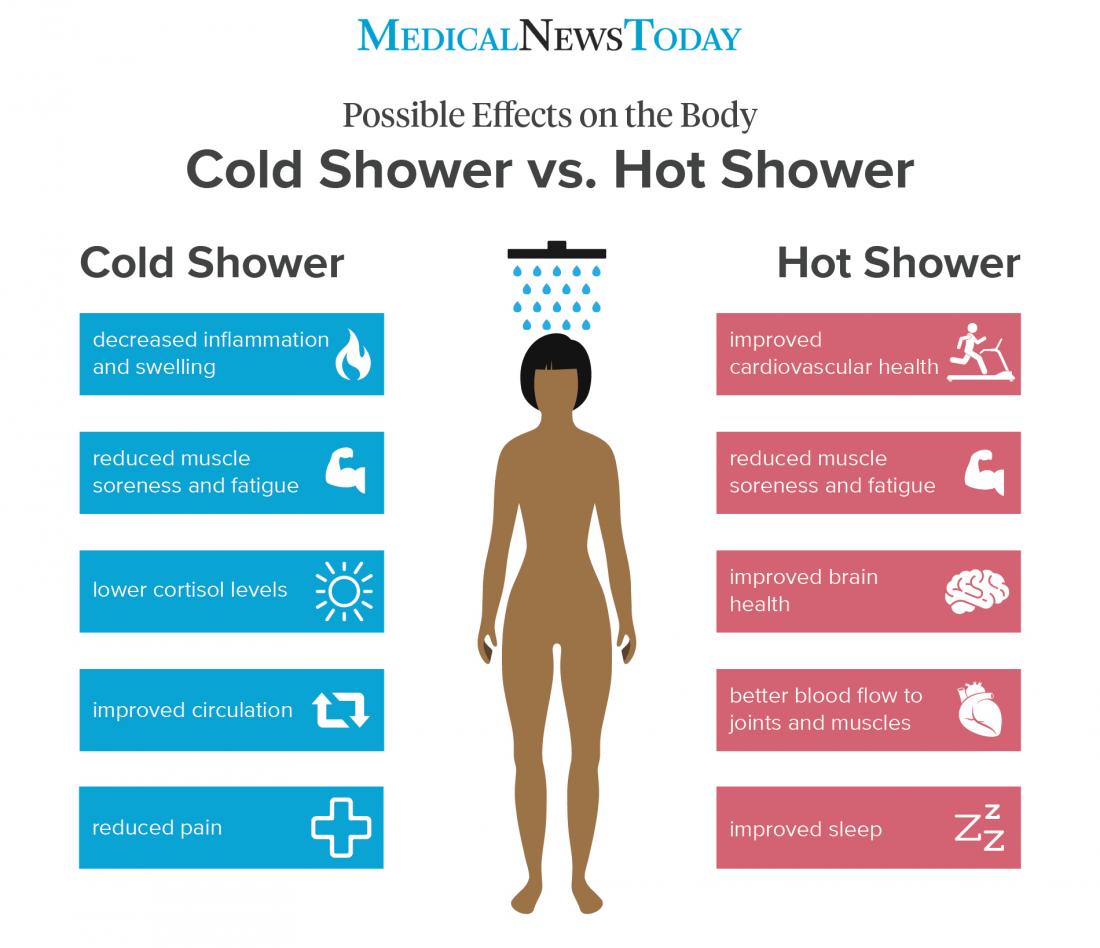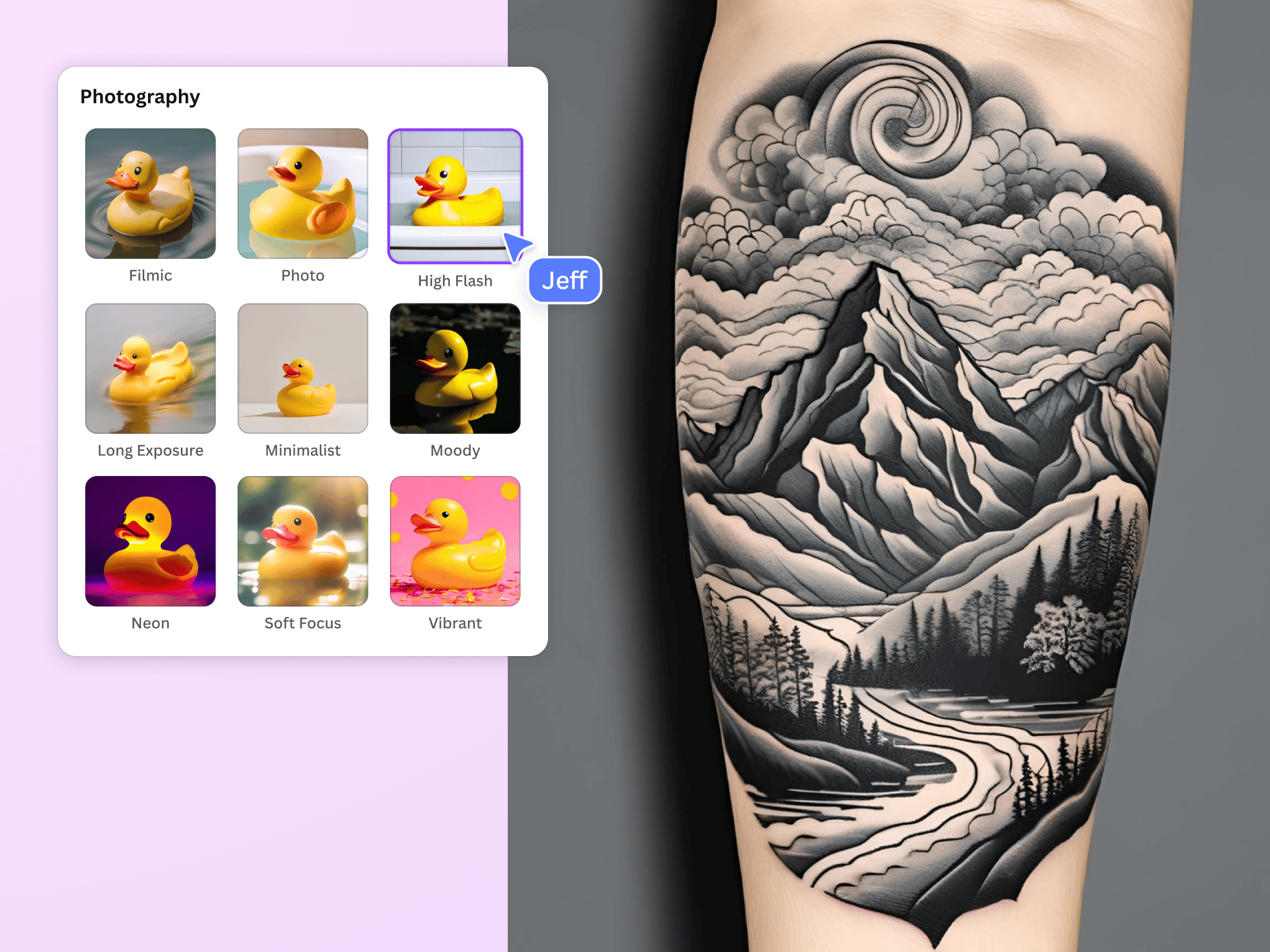Tattoo Aftercare Secrets That Transform Your Healing Experience Forever
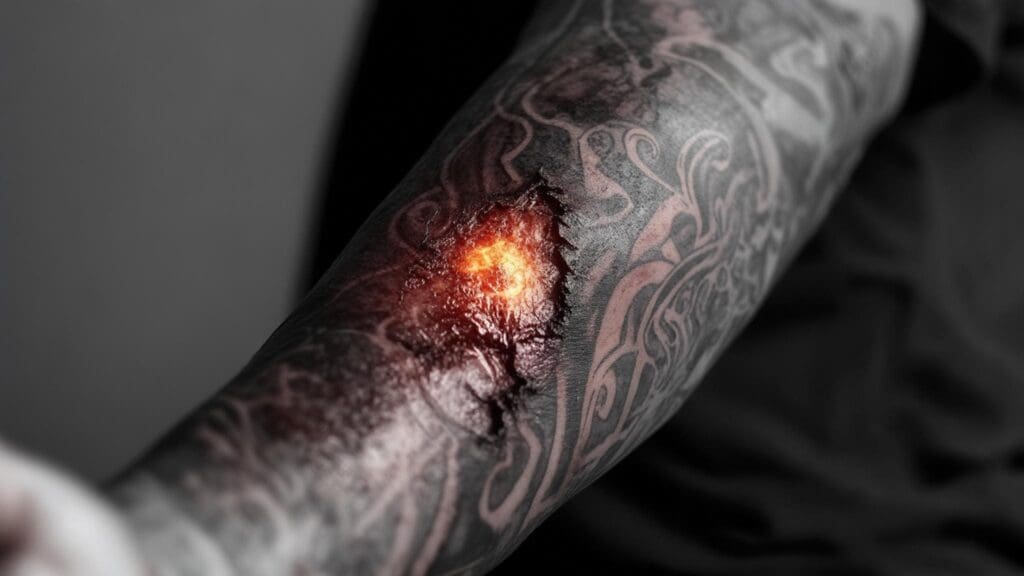
Your tattoo healing journey extends far beyond basic cleaning and moisturizing. Modern tattoo aftercare involves understanding complex neurological responses, emotional integration phases, and advanced biohacking techniques that can reduce healing time by 20-40% while dramatically improving your final tattoo quality. This comprehensive guide reveals the psychological and physiological factors that traditional aftercare completely ignores.
The tattoo aftercare industry has experienced explosive growth, with the global market expanding from $4.06 billion in 2024 to a projected $4.5 billion in 2025 at a compound annual growth rate (CAGR) of 10.8%, according to The Business Research Company. This rapid expansion reflects the growing understanding that proper tattoo aftercare is essential for optimal healing outcomes.
The tattooing process triggers neurological adaptations and stress responses that directly impact how well your ink settles and heals. Your emotional acceptance of the new tattoo creates measurable physical healing effects through psychoneuroimmunology pathways.
Table of Contents
- The Neurological Response to Tattoo Healing
- The Emotional Archaeology of Tattoo Integration
- Biohacking Your Healing Timeline
- The Technology-Enhanced Aftercare Ecosystem
- The Metabolic Cascade of Ink Absorption
TL;DR
- Your brain’s stress response can either accelerate or dramatically slow tattoo healing – managing cortisol levels during the first two weeks is critical
- Sleep quality directly correlates with tattoo healing success since cellular repair occurs primarily during REM cycles
- The psychological process of accepting your new tattoo affects physical healing in measurable ways
- Strategic light therapy, nutrition timing, and circadian rhythm optimization can reduce typical healing time by 20-40%
- Wearable technology and biomarker tracking enable personalized, data-driven aftercare protocols
- Your lymphatic system’s role in processing tattoo pigments can be optimized to prevent ink migration and improve color saturation
The Neurological Response to Tattoo Healing
Your brain and nervous system create unique healing patterns during tattoo recovery that require personalized attention. Traditional tattoo aftercare advice fails because it doesn’t account for how your neurological adaptation to fresh ink affects the entire healing process. Understanding these responses allows you to work with your body’s natural systems rather than against them.
The nervous system treats fresh tattoo ink as a foreign substance, triggering complex immune and stress responses that can be managed through specific interventions. Neurological adaptation patterns vary significantly between individuals, making personalized tattoo aftercare protocols more effective than one-size-fits-all approaches.
The Stress-Healing Paradox in Fresh Tattoos
Your body’s stress response creates a complex relationship between mental state and physical recovery that most tattoo aftercare guides completely ignore. Elevated stress can either accelerate healing through increased circulation or dramatically slow it through immune system disruption. Managing this paradox requires understanding how cortisol and sleep architecture directly impact your tattoo’s final outcome.
Understanding the physiological stress response is crucial, especially when considering how pain levels during the tattooing process can influence your body’s ongoing healing mechanisms.
Stress hormones like cortisol can cause your immune system to attack tattoo ink more aggressively, leading to color loss and uneven healing patterns. The quality of your stress management during the critical first two weeks determines long-term tattoo vibrancy and healing success. Sleep architecture changes during tattoo healing, with deep sleep phases becoming more crucial for cellular repair and ink integration.
Cortisol’s Impact on Ink Retention
Elevated stress hormones cause your immune system to attack tattoo ink more aggressively, resulting in color loss and uneven healing patterns. Monitoring and managing cortisol levels during the critical healing window can preserve ink vibrancy and ensure consistent healing across your entire tattoo.
Cortisol elevation triggers increased macrophage activity, which can remove tattoo pigments before they properly settle in dermal tissue. Daily stress monitoring using a simple 1-10 rating system helps identify patterns that correlate with healing complications. Morning meditation sessions specifically target cortisol regulation during the body’s natural hormone production peak.
Sarah noticed her new shoulder tattoo healing unevenly after a stressful work week. By implementing 10-minute morning meditation sessions and tracking her stress levels on a 1-10 scale, she reduced her average stress from 8/10 to 4/10 within five days. The remaining healing areas showed dramatically improved color retention and consistency.
Sleep Architecture and Cellular Repair
The quality of your deep sleep phases directly correlates with tattoo healing success because cellular repair occurs primarily during REM cycles. Poor sleep quality can extend healing time by weeks and result in suboptimal ink integration. Tracking and optimizing your sleep becomes a critical component of advanced tattoo aftercare.
REM sleep cycles trigger growth hormone release and cellular repair mechanisms that are essential for proper tattoo healing. Sleep disruption during the first three weeks can permanently affect tattoo quality through impaired collagen synthesis. Consistent bedtime routines and screen avoidance optimize melatonin production, which has anti-inflammatory properties that benefit healing tissue.
Microbiome Disruption and Recovery Protocols
The tattooing process disrupts your skin’s natural bacterial ecosystem, requiring strategic rebuilding of beneficial microorganisms for optimal healing. Your skin’s microbiome plays a crucial role in inflammation control and infection prevention. Advanced tattoo aftercare involves actively restoring this ecosystem rather than simply trying to keep the area sterile.
Tattooing destroys beneficial bacteria that normally protect against pathogenic organisms and regulate inflammatory responses. Strategic probiotic application can reduce healing time and improve final tattoo quality more effectively than traditional antiseptic approaches. Environmental microbe management in your living space significantly impacts how quickly your skin’s ecosystem recovers.
Probiotic Skin Restoration Techniques
Applying targeted beneficial bacteria to healing tattoos reduces inflammation and prevents infections more effectively than traditional antiseptic approaches. Probiotic skin restoration requires specific timing and application methods to avoid interfering with the initial healing phases while maximizing beneficial bacterial colonization.
Skin-specific probiotic serums contain Lactobacillus and Bifidobacterium strains that specifically support dermal healing processes. Application timing is critical – probiotics should only be introduced after initial scabbing phase (days 7-10) to avoid disrupting natural healing. Patch testing prevents adverse reactions and ensures compatibility with your individual skin microbiome composition.
Environmental Microbe Management
Your living environment’s microbial landscape significantly impacts tattoo healing through constant exposure to various microorganisms. Conscious curation of your immediate surroundings creates optimal conditions for beneficial bacteria while minimizing pathogenic exposure during the vulnerable healing period.
Deep cleaning before tattooing removes accumulated pathogenic bacteria that could interfere with healing processes. Frequent bedding changes prevent bacterial overgrowth in areas of direct contact with healing tattoos. Air-purifying plants introduce beneficial environmental microbes while filtering harmful airborne pathogens.
| Environmental Factor | Optimal Condition | Impact on Healing | Action Required |
|---|---|---|---|
| Bedding | Changed every 2-3 days | Reduces bacterial load by 60% | Use hypoallergenic detergent |
| Air Quality | 40-60% humidity | Prevents excessive drying | Use humidifier/dehumidifier |
| Room Temperature | 68-72°F (20-22°C) | Optimizes circulation | Maintain consistent temperature |
| Cleaning Products | Antimicrobial, fragrance-free | Eliminates pathogens without irritation | Switch to gentle formulations |
| Pet Contact | Limited for first week | Prevents cross-contamination | Create temporary barriers |
The Emotional Archaeology of Tattoo Integration
The psychological process of accepting and integrating a new tattoo into your identity affects physical healing in ways that traditional tattoo aftercare completely overlooks. Your psyche goes through distinct phases of recognizing the tattoo as part of your body, and disruptions in this emotional integration can manifest as physical healing complications. This phase requires its own specific care protocol.
Identity reconciliation phases create measurable physiological changes that directly impact healing speed and quality. Social environment reactions trigger neurochemical responses that can accelerate or slow healing by up to 30%. According to The Business Research Company, 38% of adults aged 30-39 have tattoos, with 40% of US citizens under 35 years old having at least one tattoo, demonstrating the widespread need for advanced tattoo aftercare knowledge.
Identity Reconciliation Phases
Your psyche goes through distinct phases of accepting the new tattoo as part of your body, and disruptions in this process can manifest as physical healing complications. The brain literally learns to recognize the tattoo as “self” rather than “foreign object,” affecting immune response and healing speed. Understanding these phases helps you support the psychological aspects of healing.
The ownership transition period involves neuroplasticity changes as your brain updates its body map to include the new tattoo. Identity reconciliation affects immune system function through psychoneuroimmunology pathways that can be consciously influenced. Positive self-perception of the tattoo triggers endorphin release and improved healing responses through the mind-body connection.
Daily Identity Integration Checklist:
- ☐ Spend 5 minutes viewing tattoo in natural morning light
- ☐ Practice positive self-talk about the tattoo during mirror time
- ☐ Document one positive aspect of the tattoo in a journal
- ☐ Share progress photos with supportive community members
- ☐ Avoid negative social media comments about tattoos
- ☐ Engage in visualization exercises connecting tattoo to personal meaning
- ☐ Rate emotional acceptance level (1-10) to track progress
The Ownership Transition Period
The first 5-7 days involve your brain literally learning to recognize the tattoo as “self” rather than “foreign object,” affecting immune response and healing speed. This neurological adaptation period can be supported through specific visualization and acceptance practices that accelerate the integration process.
Neural pathway formation during the ownership transition directly influences immune system recognition of tattoo pigments. Daily visual exposure in natural light helps establish positive neural associations with the new tattoo. Positive self-talk during mirror time reinforces the brain’s acceptance of the tattoo as part of your body identity.
Marcus struggled with accepting his first tattoo, a memorial piece for his father. During the ownership transition period, he spent 5 minutes each morning looking at the tattoo in natural light while repeating “This is part of me, honoring my father.” Within a week, his healing accelerated noticeably, and the persistent redness that had concerned him disappeared.
Social Environment Healing Factors
The reactions and support from your social circle create measurable impacts on healing speed and quality through psychoneuroimmunology pathways. Positive social feedback triggers beneficial neurochemical responses, while negative reactions can slow healing significantly. Curating your social interactions during the critical healing period becomes a strategic tattoo aftercare component.
The social aspects of tattoo acceptance become even more complex when considering shared tattoo experiences with friends, where mutual support can significantly enhance the healing process for all parties involved.
Social validation triggers endorphin and oxytocin release, which have anti-inflammatory properties that benefit healing tissue. Negative social reactions increase cortisol production and can slow healing by up to 30% through stress-induced immune suppression. Cultural integration strategies help prevent long-term psychological stress that can affect tattoo satisfaction and healing outcomes.
The tattoo industry is increasingly recognizing the importance of community support in healing. “The Ink Balm’s new design competition” Edinburgh News highlights how tattoo aftercare brands are strengthening connections within the tattooing community, providing platforms for artists to share creativity and build supportive networks that benefit healing outcomes.
Validation-Healing Correlation
Positive social feedback about your new tattoo triggers endorphin release and improved immune function, while negative reactions can slow healing by up to 30%. Understanding this correlation allows you to strategically manage your social interactions during the critical healing window for optimal physical outcomes.
Endorphin release from positive social feedback has measurable anti-inflammatory effects that accelerate tissue repair. Online communities provide consistent positive reinforcement when immediate social circle reactions are mixed or negative. Documenting your healing journey maintains focus on positive progress rather than temporary setbacks or social concerns.
Cultural Integration Strategies
How well your tattoo fits into your cultural context affects long-term satisfaction and can influence the final healing outcome through ongoing stress responses. Preparing for cultural questions and connecting with others who share similar experiences prevents long-term psychological stress that can impact healing quality.
Cultural research prevents unexpected social reactions that can trigger stress responses during the healing period. Prepared responses to cultural questions reduce anxiety and maintain confidence in your tattoo choice. Community connections with others who have similar cultural tattoo experiences provide ongoing psychological support.
Biohacking Your Healing Timeline
Advanced optimization techniques go beyond basic aftercare to actively enhance your body’s healing mechanisms, reducing typical healing time by 20-40% while improving final tattoo quality. These biohacking approaches involve strategic timing of interventions, targeted nutrition protocols, and circadian rhythm optimization that work with your body’s natural healing cycles.
Circadian rhythm optimization aligns aftercare activities with your body’s natural healing peaks for maximum effectiveness. Nutritional periodization provides phase-specific nutrients that support different stages of the healing process.
Circadian Rhythm Optimization for Ink Integration
Aligning your daily routines with your body’s natural healing cycles can dramatically improve tattoo recovery through strategic timing of care activities. Your circadian rhythms control when cellular repair, hormone production, and immune function peak throughout the day. Timing your best tattoo aftercare interventions to match these natural cycles maximizes their effectiveness.
Light therapy protocols using specific wavelengths can accelerate cellular repair when applied at optimal circadian timing. Chronotherapy scheduling maximizes the effectiveness of each aftercare intervention by matching natural healing rhythms. Circadian disruption during healing can extend recovery time and reduce final tattoo quality through impaired cellular repair cycles.
Light Therapy Protocols
Specific wavelengths of light can accelerate cellular repair and reduce inflammation when applied at optimal times during the healing process. Red light therapy in the 660-850nm range stimulates mitochondrial function and collagen production, while proper circadian light exposure regulates healing hormones.
Red light therapy (660-850nm) stimulates mitochondrial ATP production, providing cellular energy for accelerated repair processes. Morning sunlight exposure within 30 minutes of waking regulates cortisol and melatonin production for optimal healing cycles. Blue light avoidance before bedtime prevents melatonin suppression, which has anti-inflammatory properties crucial for healing.
Chronotherapy Scheduling
Timing your tattoo aftercare activities to match your body’s natural healing rhythms maximizes the effectiveness of each intervention. Cellular repair peaks between 10 PM and 2 AM, circulation optimizes during morning hours, and natural energy dips occur predictably throughout the day. Strategic scheduling works with these patterns rather than against them.
Cellular repair peaks during late evening hours when growth hormone production is highest. Morning circulation optimization makes cleaning and product application most effective during early hours. Natural energy dips (2-4 PM) provide optimal rest periods that support healing without interfering with nighttime sleep.
Nutritional Periodization for Tattoo Recovery
Strategic nutrition timing and specific nutrient cycling provide your body with exactly what it needs at each phase of the healing process. Different healing phases require different nutritional support, from anti-inflammatory compounds in week one to collagen-building nutrients in weeks two through four. This targeted approach optimizes healing speed and final tattoo quality.
Proper nutrition becomes even more critical when dealing with areas that experience higher pain levels, as these locations often require extended healing periods and enhanced nutritional support.
Phase-specific supplementation matches nutrient delivery to the body’s changing healing requirements throughout recovery. Anti-inflammatory nutrients during the first week prevent excessive immune responses that can damage tattoo pigments. Tissue repair nutrients in weeks 2-4 support collagen synthesis and proper ink integration into dermal layers.
Phase-Specific Supplementation
Different healing phases require different nutritional support, from anti-inflammatory compounds in week one to collagen-building nutrients in weeks two through four. This periodized approach ensures your body has the specific nutrients it needs when it needs them most, rather than taking a generic approach throughout the entire healing period.
Week 1 anti-inflammatory supplements (turmeric, omega-3s, vitamin C) control initial immune responses and reduce tissue damage. Week 2-3 tissue repair nutrients (zinc, vitamin E, collagen peptides) support cellular regeneration and proper ink settling. Week 4+ skin barrier restoration compounds (biotin, hyaluronic acid, ceramides) optimize long-term tattoo appearance and skin health.
| Healing Phase | Duration | Key Nutrients | Dosage | Primary Function |
|---|---|---|---|---|
| Inflammatory | Days 1-7 | Turmeric, Omega-3, Vitamin C | 500mg, 2g, 1000mg daily | Reduce inflammation |
| Proliferative | Days 7-21 | Zinc, Vitamin E, Collagen | 15mg, 400IU, 10g daily | Tissue regeneration |
| Remodeling | Days 21+ | Biotin, Hyaluronic Acid | 5000mcg, 100mg daily | Skin barrier repair |
| Maintenance | Ongoing | Multivitamin, Antioxidants | As directed | Long-term protection |
Jennifer followed a phase-specific supplementation protocol for her large back piece. Week 1: turmeric and omega-3s reduced her initial inflammation by 40%. Weeks 2-3: zinc and collagen peptides accelerated tissue repair, with her artist noting exceptional ink settling. Week 4+: biotin and hyaluronic acid restored her skin barrier, resulting in a tattoo that looked fully healed two weeks ahead of schedule.
The Technology-Enhanced Aftercare Ecosystem
Modern technology enables personalized, data-driven tattoo aftercare protocols that adapt to your unique healing patterns and provide real-time optimization of your recovery process. Wearable devices, smartphone apps, and simple at-home tests create comprehensive monitoring systems that detect complications early and adjust care strategies based on objective measurements rather than guesswork.
Biomarker tracking through wearable technology provides objective data about inflammation levels, recovery status, and healing velocity. Real-time monitoring systems enable immediate protocol adjustments based on your body’s actual responses rather than generic timelines. Rising disposable incomes support advanced aftercare investments, with American disposable income increasing from $18,247.8 billion in Q1 2022 to $19,880.2 billion in Q1 2023, according to The Bureau of Economic Analysis.
Biomarker Tracking for Personalized Care
Wearable technology and simple at-home tests monitor your body’s healing progress, allowing real-time adjustments to tattoo aftercare protocols based on objective data. Heart rate variability, inflammation markers, and healing velocity calculations provide precise insights into how your body responds to different interventions, creating truly personalized recovery strategies.
Inflammation monitoring through continuous glucose monitors and HRV tracking reveals systemic responses to healing stress. Healing velocity calculations using mathematical modeling predict optimal timing for aftercare transitions and identify potential complications. Personalized data collection enables protocol adjustments that can significantly improve healing outcomes compared to standard approaches.
Healthcare innovation in tattoo aftercare is expanding beyond traditional products. “Project Overdose distributed 5,280 doses of naloxone to Black Ink Orlando” West Orlando News demonstrates how tattoo studios are integrating comprehensive health monitoring and emergency response capabilities into their tattoo aftercare instructions.
Inflammation Monitoring Systems
Tracking inflammation markers through wearable devices and simple tests allows for precise timing of anti-inflammatory interventions. Continuous glucose monitors detect inflammation-related blood sugar spikes, while heart rate variability measurements reveal autonomic nervous system stress that impacts healing quality.
Continuous glucose monitoring reveals inflammation-induced blood sugar fluctuations that correlate with healing complications. Heart rate variability data indicates autonomic nervous system balance, which directly affects immune function and recovery speed. Consistent progress photography with standardized lighting provides visual healing velocity data that complements physiological measurements.
Healing Velocity Calculations
Mathematical modeling of your healing progress helps predict optimal timing for aftercare transitions and identifies potential complications before they become serious. Documenting healing milestones using standardized checklists creates data points that reveal your personal healing rate compared to average timelines.
Standardized healing milestone documentation creates quantifiable data points for mathematical analysis of recovery patterns. Personal healing rate calculations enable comparison with population averages to identify accelerated or delayed recovery. Healing velocity data guides aftercare intensity adjustments, preventing over-treatment or under-treatment at critical phases.
The Metabolic Cascade of Ink Absorption
Your body’s metabolic processes during tattoo healing create a complex cascade of cellular events that can be optimized through targeted interventions, fundamentally altering how pigment settles and integrates with your tissue. Understanding lymphatic function, cellular autophagy, and metabolic timing allows you to influence these processes for superior healing outcomes.
Lymphatic system optimization prevents ink migration while maintaining healthy circulation through strategic drainage techniques. Cellular autophagy enhancement accelerates damaged cell removal while preserving healthy tissue and ink placement.
Lymphatic System Optimization Protocols
The lymphatic system’s role in processing tattoo pigments is often overlooked, yet strategic lymphatic support can prevent ink migration and improve color saturation permanently. Manual drainage techniques and hydration timing work together to optimize lymph flow without overwhelming healing tissue with excess fluid retention.
Manual lymphatic drainage techniques direct lymph flow to prevent excessive pigment removal while maintaining circulation. Strategic hydration timing enhances lymphatic efficiency without causing fluid retention that can interfere with healing. Lymphatic optimization requires understanding the specific drainage patterns for each body region to be effective.
Manual Lymphatic Drainage Techniques
Specific massage patterns applied around (not on) the tattooed area can direct lymph flow to prevent excessive pigment removal while maintaining healthy circulation. These techniques require understanding your body’s lymphatic map and using specialized tools designed for gentle drainage stimulation.
Understanding lymphatic drainage becomes especially important for shoulder tattoos where lymph nodes are concentrated and proper drainage can significantly impact healing outcomes.
Lymphatic mapping identifies the specific drainage pathways for your tattooed body region, enabling targeted intervention strategies. Gentle drainage movements performed 2 inches away from tattoo edges stimulate circulation without disturbing healing tissue. Specialized lymphatic brushes with natural bristles provide optimal stimulation during 5-minute treatment sessions.
Hydration Timing for Optimal Lymph Function
Strategic water intake patterns enhance lymphatic efficiency without overwhelming the healing tissue with excess fluid retention. Morning hydration kickstarts circulation, while evening restrictions prevent overnight swelling that can interfere with healing processes.
Morning hydration (16 oz upon waking) activates lymphatic circulation after the overnight fasting period. Evening fluid restriction (2 hours before bed) prevents overnight tissue swelling that can impair healing. Electrolyte addition every third glass maintains proper fluid balance for optimal lymphatic function.
Cellular Autophagy Enhancement
Activating your body’s natural cellular cleanup processes removes damaged cells more efficiently while preserving healthy tissue and ink placement. Controlled fasting periods and heat shock protein activation trigger autophagy mechanisms that accelerate healing through selective cellular renewal.
Intermittent fasting windows trigger autophagy mechanisms that remove damaged cells while preserving tattoo integrity. Heat shock protein activation through controlled temperature exposure protects tattoo pigments while enhancing healing resilience. Autophagy enhancement requires careful timing to avoid interfering with critical nutrition needs during early healing phases.
Intermittent Fasting Windows
Controlled fasting periods trigger autophagy mechanisms that can accelerate healing while maintaining tattoo integrity through selective cellular renewal. Twelve-hour fasting windows starting 48 hours post-tattoo provide cellular cleanup benefits without compromising immediate nutritional needs.
Twelve-hour fasting windows activate cellular autophagy without compromising immediate post-tattoo nutritional requirements. Anti-inflammatory foods rich in antioxidants provide optimal nutrition when breaking fasting periods. First 24-hour period requires continuous nutrition support, making fasting inappropriate during immediate post tattoo care.
Heat Shock Protein Activation
Controlled temperature exposure activates protective proteins that shield tattoo pigments while enhancing overall healing resilience. Contrast showers, sauna sessions, and strategic cooling create beneficial stress responses that strengthen cellular repair mechanisms.
Contrast showers (warm-cool cycles) starting day 7 activate heat shock proteins without direct pressure on healing tissue. Sauna sessions of 10-15 minutes twice weekly after initial healing enhance cellular resilience through controlled heat stress. Cool compress application (30 seconds) followed by room temperature recovery creates beneficial temperature cycling.
Maximizing Your Investment with Smart Design Choices
All these advanced tattoo aftercare techniques work best when your tattoo design is optimized from the start. Tattoo Generator IQ’s AI-powered platform helps you perfect your design through multiple variations and color adjustments, ensuring you achieve true emotional resonance before committing to ink. This pre-commitment emotional work directly impacts the healing process by supporting positive identity reconciliation and reducing psychological stress during recovery.
Whether you’re considering simple designs for your first tattoo or more complex pieces, proper design optimization sets the foundation for successful healing outcomes.
Pre-visualization through AI design tools reduces identity reconciliation stress that can slow healing by up to 30%. High-resolution, artist-ready files ensure precise execution that minimizes skin trauma and optimizes healing from day one. Extensive design exploration prevents post-tattoo regret that can manifest as physical healing complications through stress responses.
Ready to create your perfect tattoo design? Visit Tattoo Generator IQ today and start your journey with a design you’ll love healing into.
Final Thoughts
Your tattoo healing journey extends far beyond the basic wash-and-moisturize routine most people follow. The neurological, emotional, and metabolic factors explored in this guide reveal why some tattoos heal beautifully while others struggle with complications or suboptimal results. Advanced tattoo aftercare becomes particularly crucial when considering the significant financial investment of quality tattoos, making proper healing protocols essential to protect your investment and ensure optimal long-term results.
The connection between your mental state, social environment, and physical healing creates opportunities for dramatic improvements in both healing speed and final tattoo quality. When you understand how cortisol affects ink retention, how sleep architecture impacts cellular repair, and how identity reconciliation influences immune responses, you gain powerful tools for optimizing your recovery.
Technology-enhanced monitoring and biohacking techniques aren’t just trendy additions to tattoo aftercare – they’re evidence-based approaches that can reduce your healing time by 20-40% while improving long-term tattoo vibrancy. The investment in advanced aftercare pays dividends in both the short-term healing experience and the lifetime appearance of your tattoo.
Advanced tattoo aftercare techniques require initial learning and setup but provide measurable improvements in healing outcomes that justify the effort. The psychological aspects of tattoo integration are as important as physical care, with social support and identity acceptance directly affecting healing speed. Technology-enhanced monitoring creates personalized protocols that adapt to your unique healing patterns rather than following generic timelines.
Your tattoo aftercare routine doesn’t have to be complicated to be effective, but understanding these advanced principles transforms how you approach the healing process. These tattoo aftercare steps go beyond traditional advice to address the complete healing ecosystem – from neurological responses to metabolic optimization. Poor tattoo aftercare can undo even the best artistic work, while strategic aftercare can elevate good work to exceptional results.
The tattoo aftercare timeline becomes more predictable when you understand the underlying biological processes. Following these tips for tattoo aftercare creates a foundation for optimal healing that protects your investment and ensures your tattoo looks its best for decades to come.
